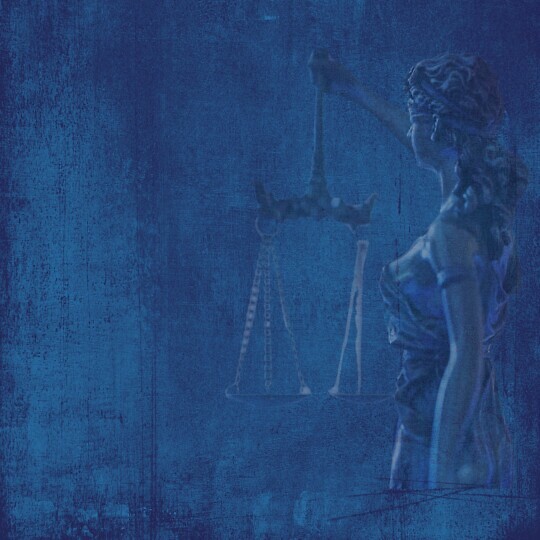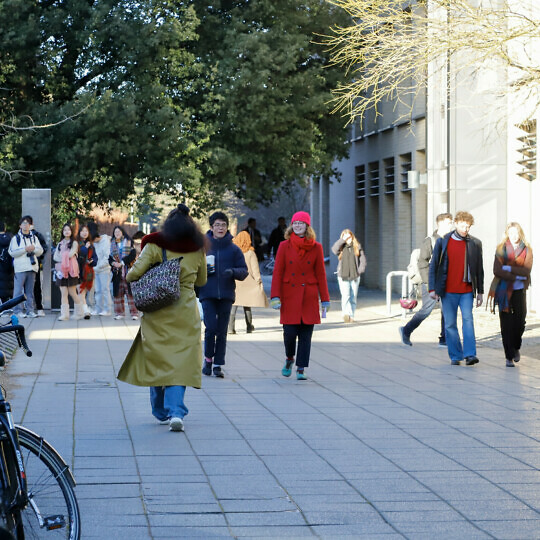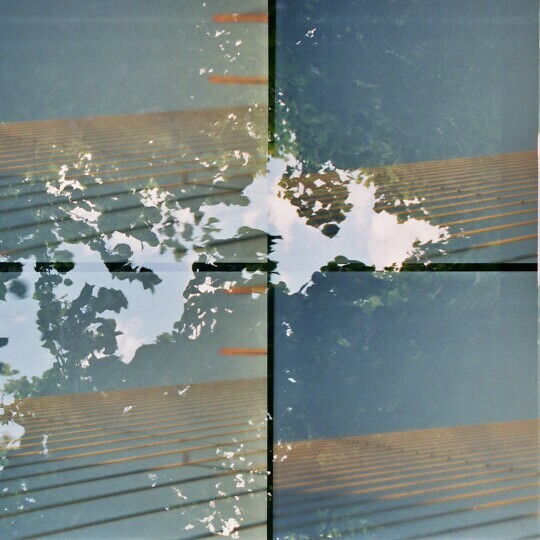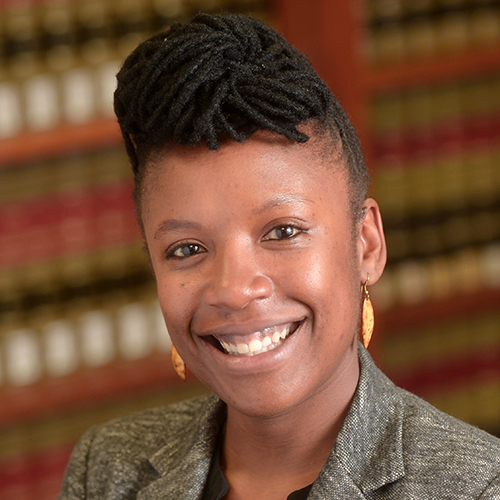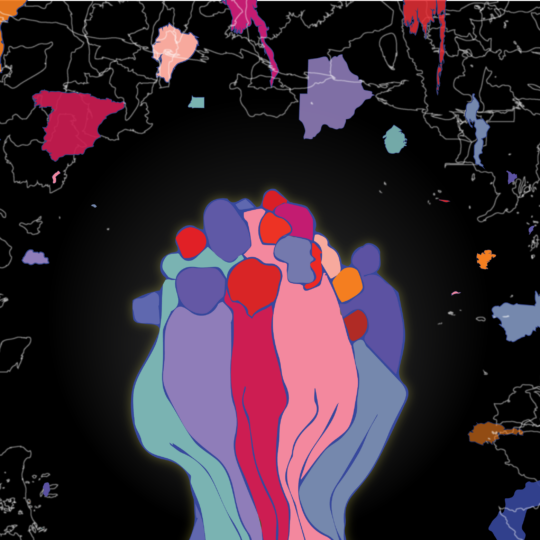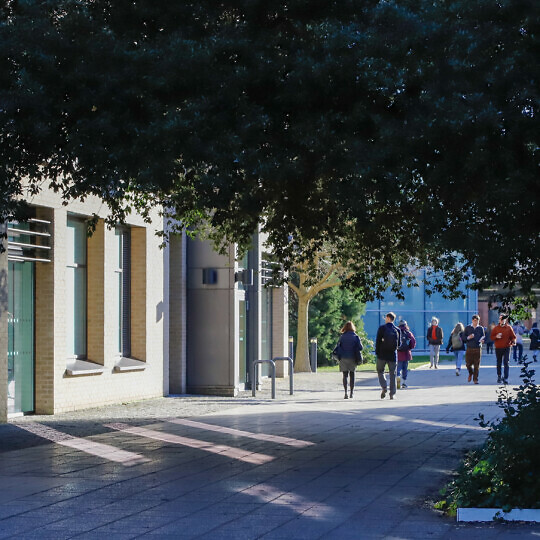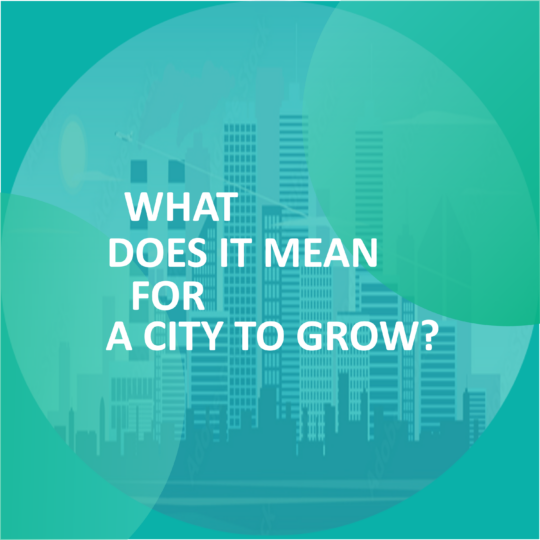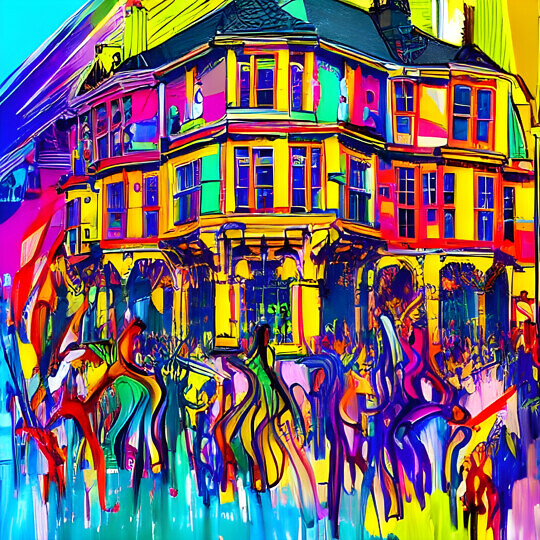| 23 Jun 2015 - 25 Jun 2015 | All day | CRASSH, Alison Richard Building, 7 West Road, CB3 9DT - SG1&2 | |
- Description
- Programme
- Abstracts
Description
Please register online for this event.
Conference fee: £60 (full), £30 (students) – includes lunch, tea/coffee and concert
Discounted fee for members of the Royal Musical Association: £50 (full), £25 (students)
Deadline: Tuesday 16 June 2015
Twitter Hashtag: #CRASSHsublime
Conveners
Miranda Stanyon (Christ's College)
Sarah Hibberd (University of Nottingham)
Summary
This interdisciplinary conference is dedicated to the sublime in music and sound, c.1670–1850. It brings together scholars from across the humanities to re-sound the sublime, from its rise to prominence in the age of Boileau and Lully, to its saturation of European culture in the mid-nineteenth century. The sublime has long been recognised as a crucial cultural category in this period, involved not only in the emergence of aesthetics and radically changing artistic practices, but in politics, science, theology, gender history, histories of the subject, and so on. Until very recently, attention to sonorous sublimes beyond music has circled round a narrow range of terrifying noises – screams, canons, rushing waters – identified in Burke’s famous theory of the sublime. Music itself has appeared as a latecomer to the feast of the sublime, feeding off an established discourse concerned with the verbal and visual. Responding to new developments in musicology and sound studies, this conference aims to explore both the rich variety of sounds heard as sublime by past listeners, and the complex roles played by music in forming and transforming the discourse, practice, and politics of the sublime.
Sponsors


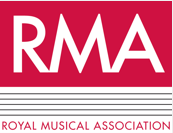

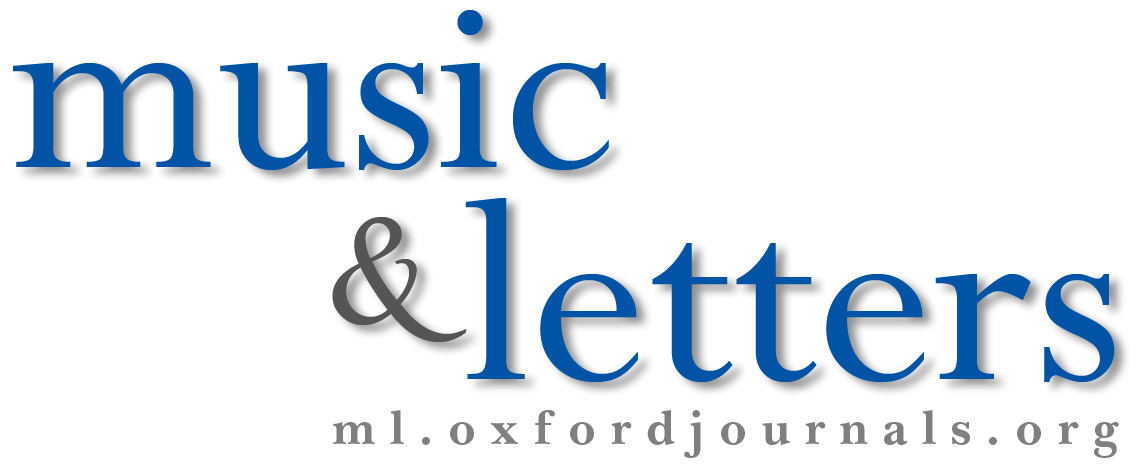

Supported by the Centre for Research in the Arts, Social Sciences and Humanities (CRASSH), the faculty of English at the University of Cambridge, Christ's College Research Fund, the Royal Musical Association (RMA), Music & Letters, the William Barclay Squire Fund, The University of Nottingham, and the British Association for Romantic Studies (BARS).
There is a small travel fund available to subsidise postgraduate attendance at the conference, generously provided by BARS. Students wishing to apply should write to events@crassh.cam.ac.uk by Friday 29 May. Please include an estimate your travel costs and of other funds available to you as well as a short statement (approx. 300 words) showing how attending this conference will have an impact on your research.
Accommodation for speakers selected through the call for papers and non-paper giving delegates
We are unable to arrange or book accommodation, however, the following websites may be of help.
Visit Cambridge
Cambridge Rooms
University of Cambridge accommodation webpage
Administrative assistance: events@crassh.cam.ac.uk
Programme
| DRAFT PROGRAMME: DAY 1 - Tuesday 23 June | |
| 13.15-13.45 | Registration and coffee |
| 13.45-14.00 | Welcome |
| 14.00-15.30 | SESSION 1
Chair: Raphaële Garrod (Cambridge) |
| 15.30-16.00 | Tea Break |
| 16.00-17.30 | SESSION 2
Chair: Katarina Stenke (Cambridge) |
| 17.30-18.15 | Break |
| 18.15-19.15 | CONCERT: Sublime Sonorities: C.P.E. Bach Symphonies and Klopstocks Morgengesang |
| DAY 2 - Wednesday 24 June | |
| 9.30-11.00 | SESSION 3
Chair: Sarah Hibberd (Nottingham) |
| 11.00-11.30 | Coffee break |
| 11.30-13.00 | SESSION 4
Chair: Rhys Jones (Cambridge) |
| 13.00-14.00 | Lunch |
| 14.00-15.30 | SESSION 5
Chair: Philip Shaw (Leicester) |
| 15.30-16.00 | Tea break |
| 16.00-17.30 | SESSION 6
Chair: Jeremy Begbie (Duke) |
| 17.30-18.30 | Drinks reception |
| DAY 3 - Thursday 25 June | |
| 9.30-11.00 | SESSION 7
Chair: Keith Chapin (Cardiff) |
| 11.00-11.30 | Coffee break |
| 11.30-13.00 | SESSION 8
Chair: Matthew Head (King's College London) |
Abstracts
Suzanne Aspden (Oxford): Commemorating the Handelian Sublime
By the mid eighteenth century, British musicians knew what the sublime sounded like: it was the Handelian oratorio. Handel had been feted for musical sublimity since the 1730s, but by the time of his death in 1759, admiration had turned to imitation. John Mainwaring in his 1760 Memoirs of Handel theorised the relationship between Handel and his followers in terms subsequently associated with Burke and Kant: while Handel was the ‘inventive genius [who] will depart from the common rules, and please us the more by such deviations’, on the other hand ‘they who have taste, or a nice discernment of the minuter circumstances that please, will polish and improve the inventions of others’. Charles Burney who saw theory become reality, observed on the occasion of the Handel Commemoration in 1784 that ‘during more than half a century we neither wanted nor wished for any other standard’ than Handel, but complained in private that the deadening weight of Handel’s influence had ‘checked the progress of the Art so much, that we are at least 50 years behind the rest of Europe’.
Burney lamented what he saw as a lack of imagination in his fellow Britons’ reinterpretation of the Handelian legacy, viewing them as mere epigones at best, plagiarists at worst. But the historian failed to notice the degree to which composers following in Handel’s footsteps were not merely dumb imitators, but commentators, paying self-conscious homage to Handel by incorporating the composer into their idea of British music. In this calibration of musical British history, Handel’s model of the sublime came to play a particularly important part, serving as a marker both for the composer himself, and for the aspirations of his successors at a time when the place of music within the hierarchy of the arts was being transformed.
Andrew Bowie (RHUL): Making Sense of the Sublime
Why does music come to be associated with the sublime? The paper will consider the specific kind of sense music can be understood as making, and how this sense is connected to concern with the sublime as what exceeds the domain of conceptual sense.
Kiene Brillenburg-Wurth (Utrecht): The Posthuman Sublime: Musical Ideas of the Infinite and the Database Aesthetic
This paper argues that Romantic ideas of the infinite predate 21st century aesthetics of the database, and that this aesthetics thus revitalizes the debate on the musical sublime today. It’s the infinite-with-a-difference where the database is concerned: the sublime as absence, or one could also say: the sublime as counting (a reference to Manfred Ernst, who discusses the idea of zählen in contrast to Erzählen for the digital age), and counting ad infinitum. The paper will then address the idea of counting as central to a posthuman version of the musical sublime.
Stijn Bussels (Leiden): Harmonious Bells and Hellish Noise in the Dutch Golden Age: Laudatory Poems on the New Town Hall of Amsterdam
1648 marked the beginning of the construction of the new Town Hall of Amsterdam, intended to glorify the town’s citizens and still more so the city council. Even before the foundation stone was set, poets exerted themselves to represent the building as utterly extraordinary. They emphasised that the Town Hall had such an overwhelming impact that it even eclipsed the seven ancient Wonders of the World. Music and sound played a crucial role in their argumentation. Poets discuss the music of the carillon as highly elevated. Following Pythagorean theory of the harmony of the spheres, the poets explained how the heavenly music of the town hall had a most salutary impact on citizens. There was also the noise produced by ramming 13,659 poles into the swampy ground to form the foundations for the building. Poets described it as sending shivers down the spine. The sound was so dreadful that it terrified even the ancient god of hell. The way laudatory poems discuss music and sound gives us an insight in what the Dutch thought of as being completely overwhelming and how they used the massive impact of music and sound politically. This ranged from the most ominous noises to highly elevated harmonies.
Keith Chapin (Cardiff): C.P.E. Bach and the Neo-Classical Sublime: Revisions of a Concept
The category of sublime began its meteoric rise in modern aesthetics through Nicolas Boileau’s translation (1674) of Pseudo-Longinus’s first-century treatise Peri hupsous. While the concept had several functions, an important one was that of revelation of an ethical or religious idea. Sublimity ensured that truth was revealed, despite the artifice of human speech. Simplicity was the emblem of such efficacious transmission, as well as a watchword of neo-classical aesthetics. Over the eighteenth century, writers on the sublime continued to fret at these issues, but they also changed the way that the operative terms and principles of neo-classical aesthetics were pieced together. Laurenz Lütteken and Annette Richards have noted the centrality of the category of the sublime to both C. P. E. Bach and those around him. This paper will step back to examine the changes to the neo-classical concept of sublimity that both enabled and were instigated by this reception. While the neo-classical concept of the sublime originally depended vitally on the pithiness of a phrase and the nobility of an idea, by the late eighteenth-century it had become far more capacious. Not only did it loosen its ties with verbal content, but it permitted a formal spectrum that ranged from direct intimacy to massive grandeur.
Sophie Hache (Lyons): Chanter en esprit: Theological Debates about the Sonorous Sublime
The fiat lux that Longinus valued as an example of the sublime fascinated the French classical age from Boileau's translation onwards: God's voice is the absolute model of sublimity and sounds in the Holy Bible as the thunder which awakes mankind. Is sacred music the echo of this divine voice? Can it contribute to mankind's conversion? Bossuet claimed that, to God's ears, “the best harmonies are no more than inopportune noise” (les « accords les plus justes ne font à ses oreilles qu’un bruit importun ») if the heart is not in prayer; however, other preachers were prone to consider songs as a source of spiritual elevation. In the France of the late seventeenth and early eighteenth centuries, theologians remained divided, hesitating between a recommendation of silence and admiration for psalms singing, rejection of music as a sociable diversion, and search for a musical harmony supposed to be the reflection of the Creation’s perfection – indeed, in a surprising reversal of the theory of the sublime, music could even become that which “charms” God himself.
Lydia Hamlett (Cambridge): Jonathan Richardson and the Slippery Sublime
This paper uses the writings of painter and theorist Jonathan Richardson (1667–1745), and his very specific examples of ‘sublime’ works of art, to explore the notion of sublimity in relation to visual art before Edmund Burke. Richardson’s ideas on which art works can be described as ‘sublime’ – from Italian murals to Dutch sketches and portraits of English sitters – can be directly related to his reading of Longinus; this, in part, accounts for the variety of works valued for the affective force of their composition. Richardson’s case studies can help to shed light on what was considered to be visually affective at the time, and on how this affect was inextricably linked to the spoken word. But they also raise inevitable questions about the expression of contemporary taste and subjectivity; and indeed about the very usefulness of the term ‘sublime’ during this period.
Matthew Head (KCL): A ‘Pleasing Rape’: John Dennis, Male Sovereignty and the Queer Sublime
What was at stake in John Dennis’s oft-cited description of the literary sublime as a ‘pleasing rape upon the very soul of the reader’ (The Grounds of Criticism, 1704)? Feminist and queer studies highlight the problematic gender politics, but also homoeroticism, of Dennis’s turn of phrase. In this paper I work with these insights while also seeking a thicker historical contextualisation. ‘Rape’ was a preoccupation of Dennis, a motif in his writing that allowed him to connect his thinking about sovereignty, public spirit, the male subject, the theatre – and music. Drawing on classical myth and visual allegory of the 16th and 17th centuries, Dennis sometimes understood rape as another name for the sublime itself, involving an exalting transport, a movement upwards at once terrible and awe inspiring, an encounter between mortals and the superhuman power of gods and kings. In An Essay on the Opera’s [sic], and elsewhere, he theorised a salutary effect of sublime poetry and drama on the male subject, which generate a movement out of selfish and sensual pleasures towards a sublime of manly public spirit consistent with the ‘warrior citizen’ ideology of civic humanism. The ‘homoeroticism’ of male penetration is not denied in this theory, but it is part of a broader and arguably misogynistic process in which the sublime fertilises the male with manliness, his ravishment a means for the production of an ideologically correct version of man. With specific reference to the theatre, Dennis marshalled the sublime of tragic drama defensively against ‘the progress of musick’ by which he meant Italian serious opera. Thus the sublime was prescribed as a cure for the ailment of foreign, music-driven theatre in a rearguard action that responded to the popularity rather than the subordination of music. However, Dennis’s attitudes to music were complex and the term ‘music’ did not refer to a single thing. ‘There is no Man living who is … more penetrated by the Charms of Musick [than I]’ Dennis confessed in a remark that appears to link music’s effects to the sublime in a shared notion of deep impact. Citing a letter from Boileau to a friend on the verge of marriage, Dennis summoned with some disgust the image of a bride corrupted by Lully’s operatic music: ‘how will she be melted, how transported, how will every Sense be shaken in her’ – terms of corruption that are also terms of sublimity. (Indeed, the passage recalls Longinus’s discussion of Sappho’s exemplary account of love, in which the narrator loses herself, seems to weaken and fragment, in the grip of jealousy). The danger of music for Dennis was that it penetrates, ravishes, and transports – it ‘rapes’ — without (necessarily) achieving ‘height’ (hypsous) or expansion of the spirit towards a public good. Music emerges as third, queer term in Dennis’s discourse, complicating the binary oppositions of his writing, operating with uncertain moral effect, penetrating both sexes, itself doubly sexed, native and foreign, acting within drama and outside of it, at once seductive and conquering.
Sarah Hibberd (Nottingham): ‘Sublime enchanteresse’: Cherubini’s Médée and the Revolutionary Sublime
The idea of being ‘overwhelmed’ by musical and visual effects is a recurrent theme in the critical reception of Cherubini’s three Parisian operas of the 1790s – each of which features a catastrophic denouement. The word ‘sublime’ is often employed, and in a variety of ways. On leaving Lodoïska (1791), one critic was barely able to speak after the ‘enthusiasm’ excited by the music’s ‘sublime beauties’. In Eliza, ou le voyage aux glaciers du Mont St Bernard (1794), attention turned from Cherubini’s orchestral writing to the awe-inspiring spectacle of an avalanche engulfing the entire stage, declared by at least one critic to be ‘faithful to the greatest phenomena of nature’. Finally, in Médée (1797), it was the talents of the actress Mme Scio that were repeatedly praised in extravagant terms. At the (shocking) climax of the opera, the vengeful Medea murders her children and leaps into the flames that are consuming the palace: ‘this sublime actress earned the admiration of the whole audience’, ‘a sublime enchantress’, ‘sublime talents’. In other words, by 1797 the sublime – or the equivalence of art with the power and grandeur of nature – had come to be understood in such reviews as residing not only in the music or the visual effects, but in the performance of the singer, who appropriated the authority of the spectacle, incarnating its splendour. This paper examines the final scene of Médée and its critical reception, situating it in the context of (post-)revolutionary rhetoric, and the trauma of the Terror. Mme Scio is viewed overwhelmingly by critics as appropriating the sublime in the manner of a revolutionary orator, primarily through her voice and body, but she is also presented by a number of them as an unusually weak and fragile woman. This paradoxical portrait, I argue, suggests that the audience is given access to Medea’s sublimation of her fury by a singer to whom they can relate, and by this means they are offered catharsis for the recent trauma of the Terror.
Nils Holger Petersen (Copenhagen): The Sublime and the Childish in Mozart’s Magic Flute (1791)
In recent scholarship as well as in modern performances of Mozart’s and Schikaneder’s Die Zauberflöte (1791), not least in Jan Assmann’s important 2005 book and later articles about the opera, there is little doubt that notions of sublimity are seen as connected to the world of Sarastro and the successful attempts of Tamino and Pamina to prevail under the trials of Sarastro’s priestly brotherhood. Indeed, in Assmann’s book, Papageno is viewed as a person of less importance to the overall message of the opera, and, similarly, in many performances of the opera, Papageno is constructed as only a humorous figure, not to be taken serious. However, not only the text of the famous duet “Pa-Pa-Pa…,” in the second act of the opera between Papageno and Papagena, in which the words “it is the highest of all feelings” (“es ist das höchste der Gefühle”) are included, but also the music of the duet and the whole dramaturgy of the opera deserve a somewhat different interpretation. In dialogue with Assmann’s and others’ points of view, I shall present a reading of the figure of Papageno and of Mozart’s and Schikaneder’s entire work in which Papageno is a crucial element in the construction of the overall meaning of the opera, thus overcoming what often appears as an incongruous dichotomy between serious sublimity and childish (albeit charming) comedy.
Corinna Russell (Cambridge): Bryon’s 'Hebrew Melodies': Song, Bathos, and the Sacred
Byron's Hebrew Melodies, and Nathan's song settings of them to a number of old Sephardic tunes, draw on an antiquarian Hebraicism (via Lowth, Blake, &c.) that made the ‘sacred ode’ the highest example of the lyric sublime for that period. But they also belong to the very Byronic project of finding sublimity in bathos (and vice versa), whether that associated with the performance ‘out loud’ of song settings (compared to the infinite possibilities of silent reading), or with the exemption of music from the Kantian sublime, or with contemporary British Judaism.
Philip Shaw (Leicester): Wellington’s Victory: Beethoven, Waterloo and the Sublime
Beethoven’s ‘Wellington’s Victory’ is a fifteen-minute long orchestral work written to commemorate the Duke of Wellington’s victory over Joseph Bonaparte at the Battle of Vitoria in Spain on 21 June 1813. This paper will situate Beethoven’s composition within the broader context of music written in response to the Allied campaign against Napoleon. It will consider contemporary responses to the piece, paying particular attention to performances in Britain in the summer of 1815 – the year of the Allied victory at Waterloo. Close attention will be given to how Beethoven’s work, considered by most recent critics to be a ‘minor’ piece, was understood by audiences of the time as a powerful manifestation of the sublime. The paper will look at how contemporary commentaries on music, war and the sublime informed audience responses to Beethoven’s work.
Elaine Sisman (Columbia): When Does the Sublime Stop?
This paper asks the question: “when does the sublime stop?” That is, we are interested in the triggers of sublime experience. But how do we know that we have been returned to one of the other halves of the binary with which the sublime is (dispiritingly) associated? What returns us to the “sensible” realm, what switches off the awe or terror, what reestablishes the finite?
Miranda Stanyon (Cambridge): Counterfeits, Contraltos, and Harmony in De Quincey’s Sublime
Music in Longinus’ treatise was closely connected with the fifth and last source of sublime, harmony. For Longinus, harmony is not natural but cultural or technical, to some degree a mechanical matter of learning to put the right things in the right places. In this sense, harmony can seem not only marginal to the tradition of the literary sublime as it developed in our period, but unsublime, coupled with beautiful decorum and arrangement rather than transgressive disorder, and with rhetorical technique more than natural genius. Especially in the wake of Burke’s treatise, which codes music as feminine, civilised, and beautiful, it can seem contradictory to speak of a harmonious sublime, in music or elsewhere. Yet there are reasons to recognise harmony as more integral to the sublime, and to restore to our histories of the literary sublime the antagonistic intimacy between music and rhetoric. Following Longinus’ description of music as a ‘bastard counterfeit’ of the true sublime, this paper examines the place of conceptual and audible harmony in Thomas De Quincey’s sublime, focusing on his recollections of the contralto Josephine Grassini in Confessions of an English Opium-Eater (1821). De Quincey inherited a post-Kantian sublime which casts the cosmos and the subject contemplating it as terrifyingly obscure, irresolvable, and unrepresentable. Yet beyond a musical sublime of indeterminacy and unrepresentability in De Quincey’s writing lies a series of tropes linking music with sublime measure, resolution, particularity, and what we might call hyper-representations, summoned up by opium and cognate with Longinian phantasia. If De Quincey’s musical sublime is an ‘illegitimate’ child of a blend of musical discourses, then his favourite singer, Grassini, was received as illegitimate or mixed in a different sense. The first operatic contralto heard in Napoleonic-era London, Grassini’s timbre, range and technique, the music she specialised in, and her roles on and off stage, linked her with the ambiguously-gendered figure of the castrato, and gave her a troubling relationship with narratives of sublime ravishment and mastery.
David Trippett (Bristol): Wagner’s sublime effects
When Wagner participated in the Dresden uprising of 1849 he was posted atop the Kreuzkirche as lookout. He describes the spectacle of a city in flames, and the acoustic panorama of cannon and gun fire, shouts and screams echoing off the stone city walls, the crashing barricades, and the immense bells pealing just behind his head, all of which—he reports—created an ‘wonderful intoxicating polyphony’. It was also deafeningly loud. His willing absorption in the clamour of war may seem perverse in the context of normative definitions of the sublime as threatening, fear-inspiring, or overwhelming. After all, Schopenhauer’s sublime is hostile to the human will, that which threatens to overwhelm one’s existence. Was Wagner simply giving himself up to it, relishing the abolition of a bounded self in which it is no longer clear where the listener stops and the universe begins? With Wagner’s experience as a focal point, this paper investigates the willing abolition of the normative categories of experience. It asks to what extent huge, non-musical sound complexes, broadly construed as sublime, infiltrate the sonic image of Wagner’s music. Aesthetically speaking, such noise would seem—in Kant’s famous words—to ‘contravene the ends of our power of judgment … and to be, as it were, an outrage on the imagination.’ And yet, we arguably find their echoes in Wagner’s work, aestheticized as safe stimulation for consumption on the brink of consciousness. Finally, I consider the relation between the bells and cannon at the heart of this experience in 1849—both signalling devices, tethered to the sublime—and suggest that these, as material objects, perform a dazzling confusion of purpose, simultaneously communicating time, propagating war, staging opera, and physically stimulating bodies.

